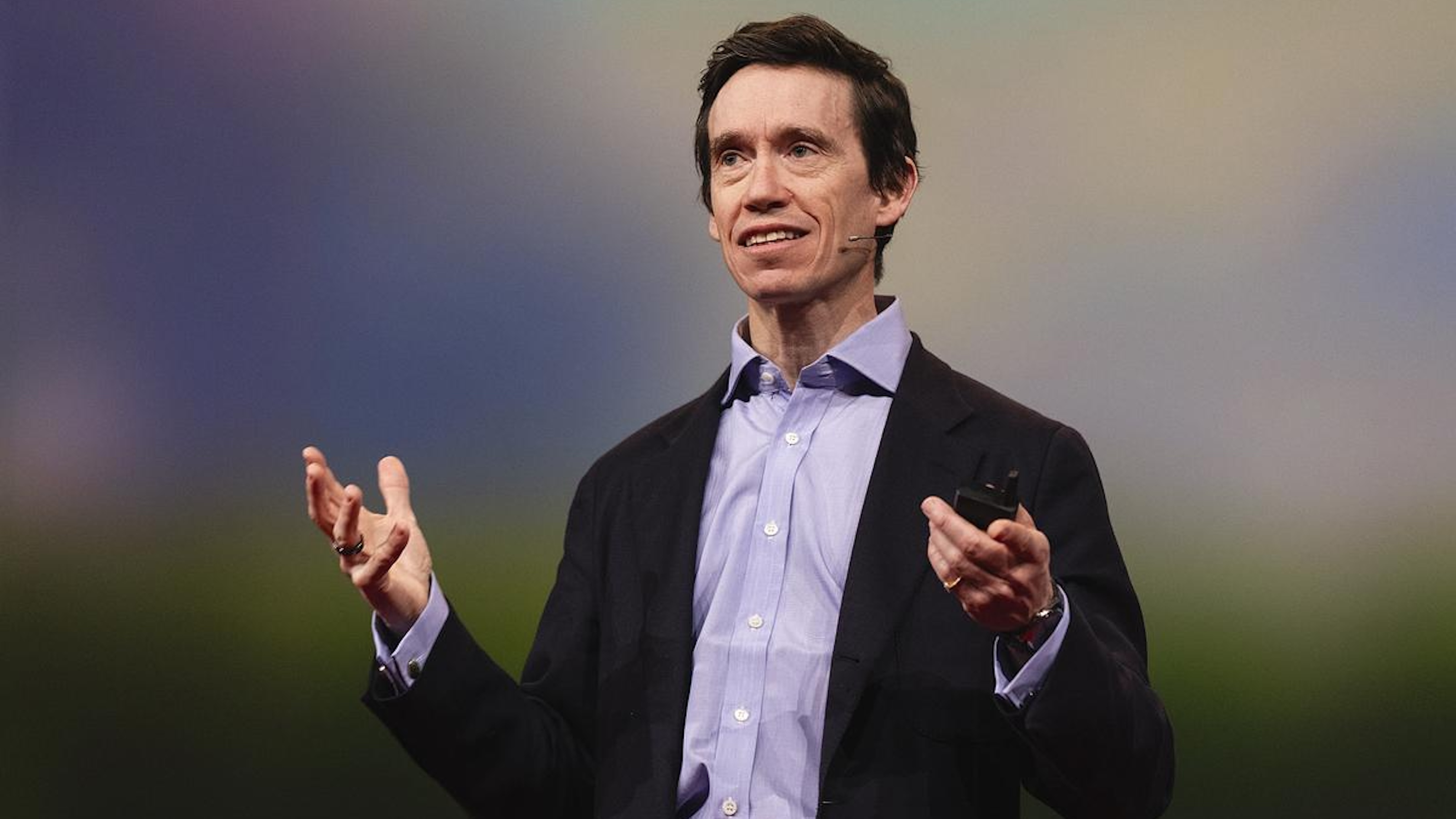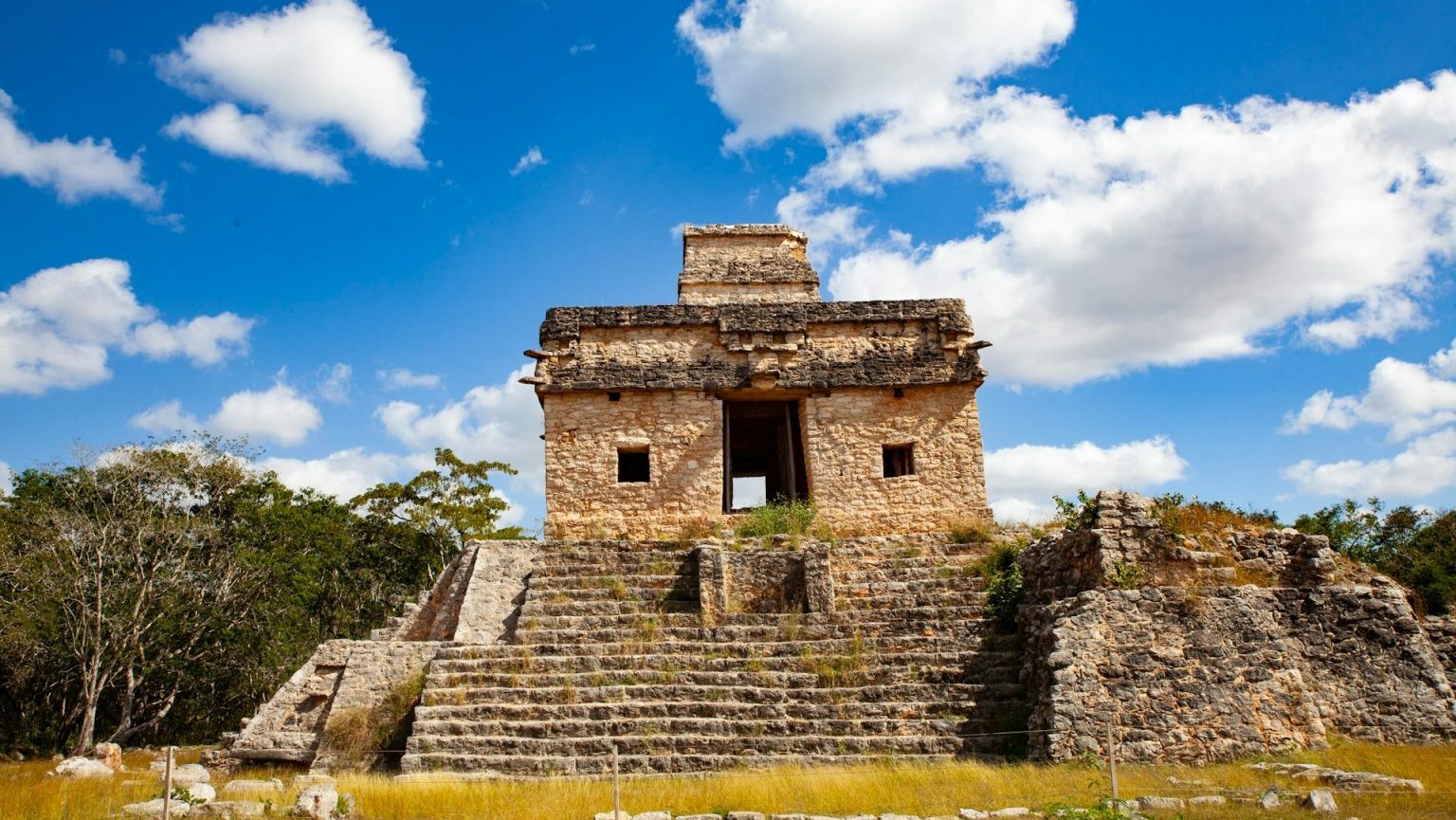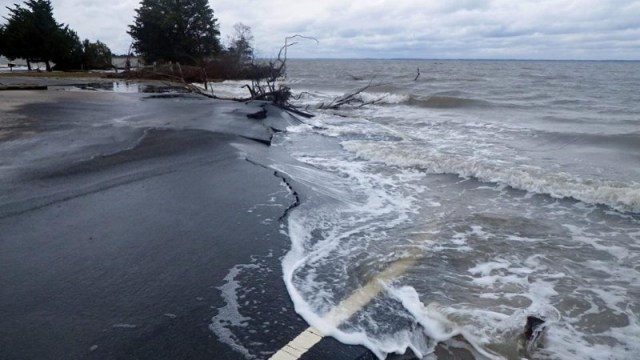Is a Well-Paying Job the next Entitlement Program?

Here at Big Think we like to talk about the basic income guarantee. While the basic income is an interesting idea, objections to it abound. Also, it isn’t the only idea for ending poverty making the rounds. While the basic income gets a lot of press, there’s another idea: the Job Guarantee.
What is it?
The Job Guarantee is a policy proposal that would have the state function as an employer of last resort; always having public works projects in action to assure that any person looking for work is going to be able to find a job. That job might not be glamorous or conveniently located, but it will exist.
Such a plan would not end unemployment outright, but would rather assure that the rate is always near a low target. While most proposals set the target unemployment rate near three percent, that rate has been as high as six percent in others. It is based not only on economic questions, but also on the pragmatic question of how many people would take the work offered.
Is this a new idea?
No, the idea was formalized by Bill Mitchel and Joan Muysken decades ago. However, the principle goes back to the New Deal in the United States when agencies like the Civilian Conservation Corps and WPA offered work to the unemployed when the market failed to provide it. In the United Kingdom it goes back to the work of William Beveridge, notably the book Total Employment in a Free Society,whichreached the conclusion that the state could assure total employment by a variety of means consistent with a liberal, capitalist, society.
Has it been tried?
In the United States, the bill known as Full Employment and Balanced Growth Actstates the Federal Government can institute this policy- but no action has ever been taken along these lines despite unemployment often being above the bill’s suggested level of three percent.
Currently, India has the National Rural Employment Guarantee Act, which aims to provide work in impoverished areas. While criticism the projects has been made, independent studies show it does have a positive effect on the people and areas it serves. It is, however, less comprehensive than many theorists would have liked. Though it does employ many people and provide needed infrastructure work in isolated areas.
What are the upsides?
The benefits of attempts at job guarantees have included reduced poverty and the ills associated with unemployment, including issues with health, family problems, drug use, and high crime rates. Supporters also argue that it can lead to stability of both prices and economic growth by assuring the unemployment rate never spikes.
Well, this sounds pretty good, what are the downsides?
There are a few, one objection of course is that such a policy calls for major government intervention in the economy; an idea opposed by many people for various reasons. The project could also cause inflation if not managed properly. The risk of politicians using assured employment to create a pool of loyal voters has also been a hurdle to the creation of new projects.
There is also a practical problem to consider. While it may be possible to assure that there are more open job positions than unemployed workers at any time, it may prove impossible for that work to be useful, attractive, and accessible. While there will be a demand for people to pave roads in Northern Alaska at some point, it will prove difficult to get people to move there to do it at a low cost. At the same time, you could employ everyone digging and filling in holes, but would have a hard time selling it to voters as being useful.
And more recently, the question of how automation would influence attempts to have productive work for everyone is also currently unsolved.
How we are going to organize the economy is always a pressing question. With the pressures of automation and globalization becoming stronger all the time, the question takes on new dimensions. Will the right to have a job be the next freedom enjoyed by people all over the world? Or will the idea end up as a trivial notion in a history of economics class?





